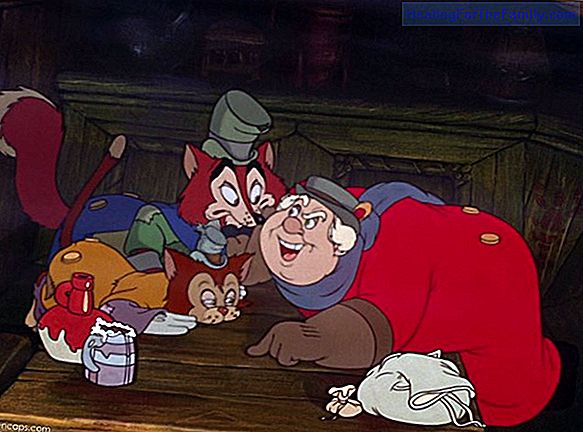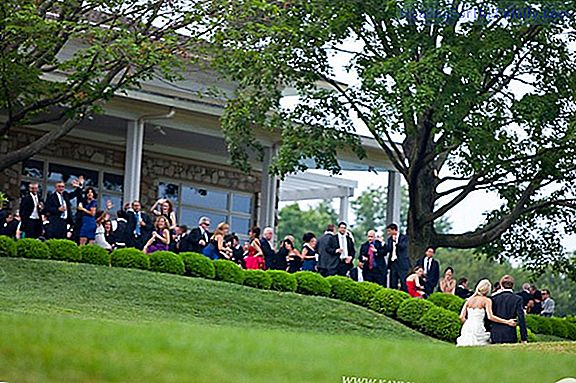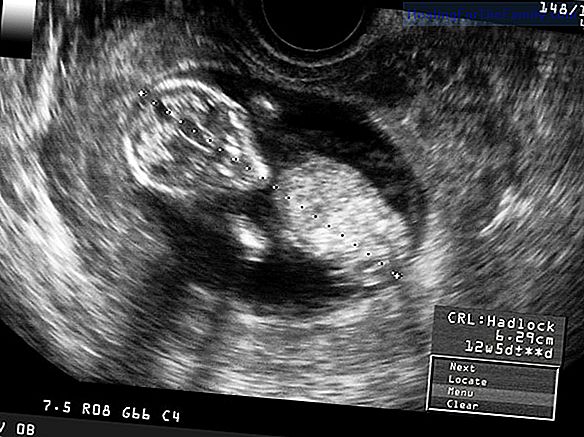The language of the baby: from babbling to the first words
Since birth, babies have only the gestures, some sounds and crying to communicate and transmit their needs and emotions to the people around them. How is the language development of the baby in its first months of birth? In this interview, the educational psychologist Ana Carballal , expert in Early
Since birth, babies have only the gestures, some sounds and crying to communicate and transmit their needs and emotions to the people around them.
How is the language development of the baby in its first months of birth? In this interview, the educational psychologist Ana Carballal, expert in Early Care, clears all doubts about the process of acquisition of the language of babies.
The communication of babies and their first words

1. How do babies communicate?From birth, children communicate with us through gestures and sounds. Through crying, for example, they already indicate that there is something they do not like or that they feel upset about, that they are hungry, afraid, hurt, etc. That's why when we speak of baby language, we differentiate two stages: the pre-linguistic stage and the linguistic stage.
2. What is the pre-linguistic or non-verbal stage?
The pre-linguistic or non-verbal stage is so called precisely because there are no words, what there are sounds, approximations, chirps, babbles, crying and smiles, which constitute the first stage where children are already beginning to communicate, and lasts more or less until twelve months. The gestures and sounds reveal the mood of the baby, as well as different needs: eating, having physical contact, changing diapers, sleeping, drinking, etc. Babies transmit and communicate always.
3. What signs tell us that the baby's language is evolving?
How do we see children evolve? Well, from that initial cry that is the first sonorous manifestation of the child, this will be followed by the appearance of the smile in response to what he does like, guttural and vocalic sounds and, little by little, he begins to distinguish intonations of the parents, that is, if they refer to joy, surprise or anger. In this evaluation will also appear the babbling and the first approximations that in itself hardly have a communicative value but that each time they gain more intentionality and meaning. This will be followed by a jargon or language that parents are already identifying and those sounds are what the child is getting closer to the word.
4. Why and for what do babies babble?Babbling is not usually caused until approximately four months, although it is true that children already make some sounds actively. The babbling is your way of training the facial muscles and phonatory organs in order to learn to speak and, it is also a way to approach your language and your environment. In addition to this, adults will not only give you information when speaking, but they will also interpret their vocalizations, giving them a sense in the context in which the child is. With this, we can see how children pass from reflex vocalizations such as crying, to vocal games, we will appreciate reduplicative babbling, when children repeat two equal syllables (mom, tatá), followed by non-reduplicative babbling, when they repeat syllables different that begins to constitute a jargon, that is, a way of speaking in which they do not say words but make ups and downs of tone that resemble the way adults talk.
5. How is the transition between babbling and the first words of the baby?In the process of evolution between babbling and the first words, children will begin, little by little, to imitate more sounds than their parents say and to relate the information that their environment is giving them about an object with it. In this way, the jargon that we talked about earlier will appear and, in that jargon, they will use the union of several sounds similar to a word to refer to something always in the same way, for example, when they say "aga", for water , something that the people of the surroundings in which it is, understand, and, finally, those sounds will evolve until the first word.
6. How can parents interfere and help their baby communicate more?
At this stage, it is important for parents to talk frequently with their baby, respond to their babbling and make different expressions with their faces. Speaking is something that we do continuously and that we can start up at any time, for example, in daily routines. They are the best time to enrich the world of our children with new information, words, gestures, expressions of affection and this, without a doubt, is the best medium for the development and maturation of language. Then, we can choose to enrich these activities, not only for the fact of speaking, but for all that that it contains, complicity, affection, security, affectivity, learning, experience and emotions.












